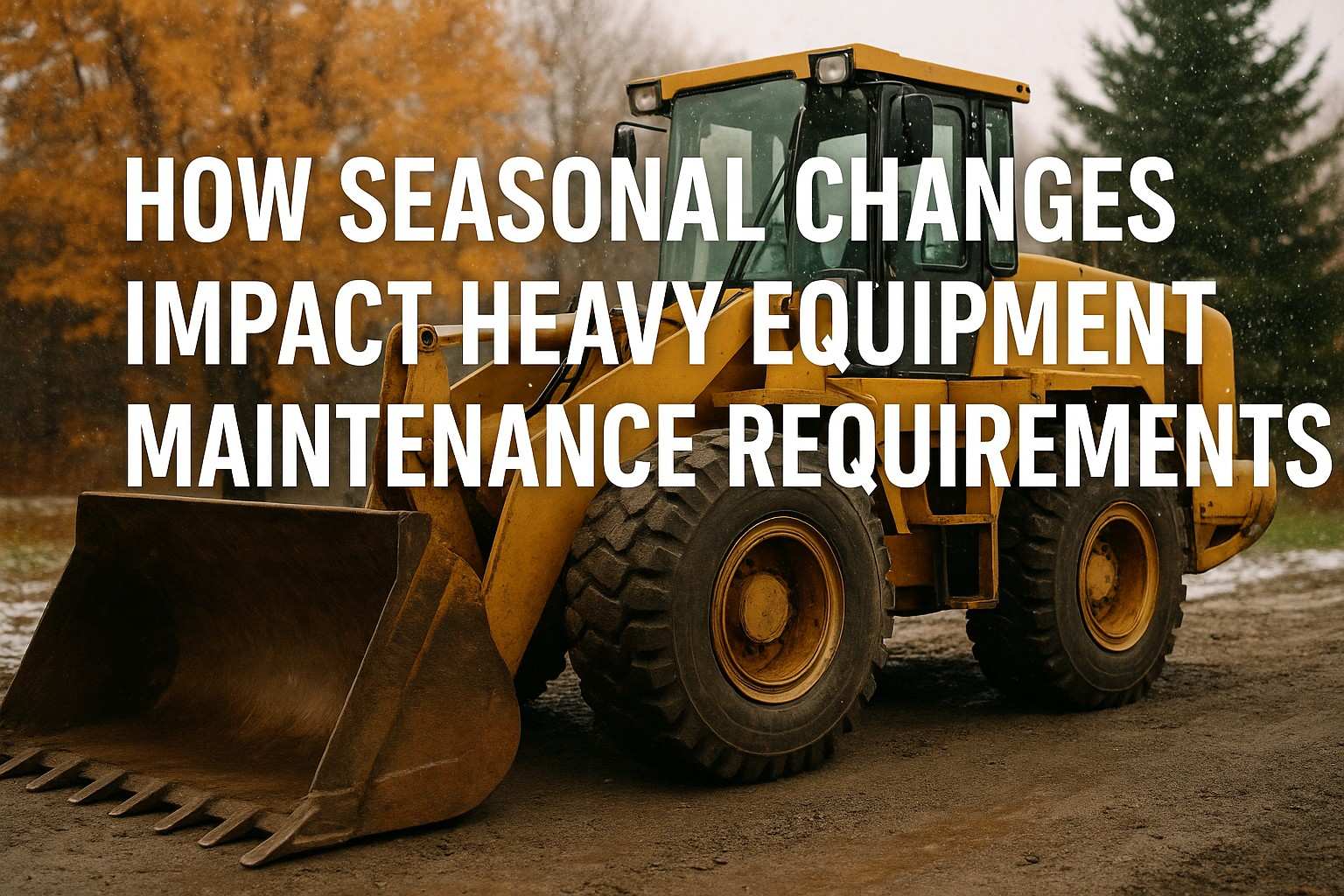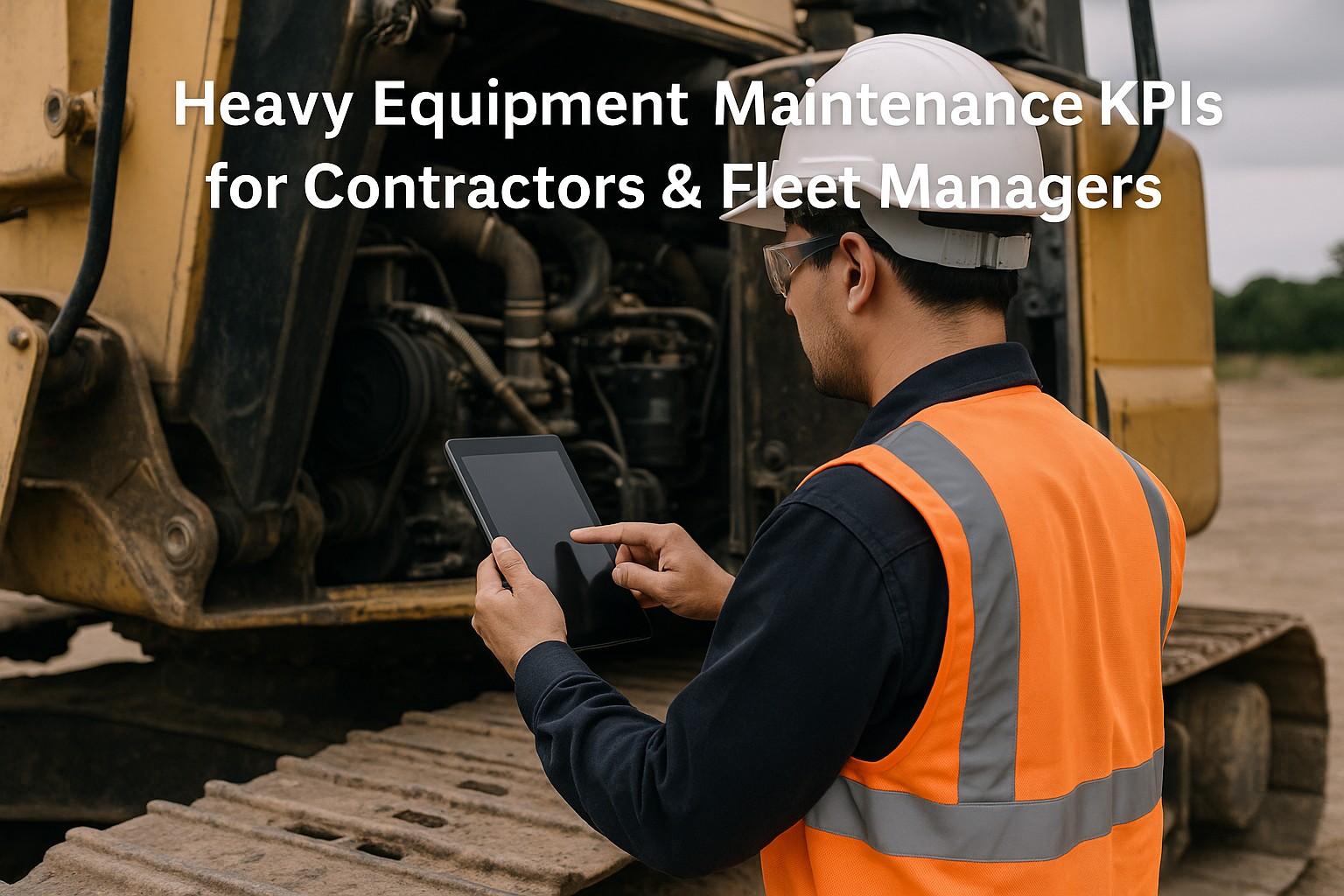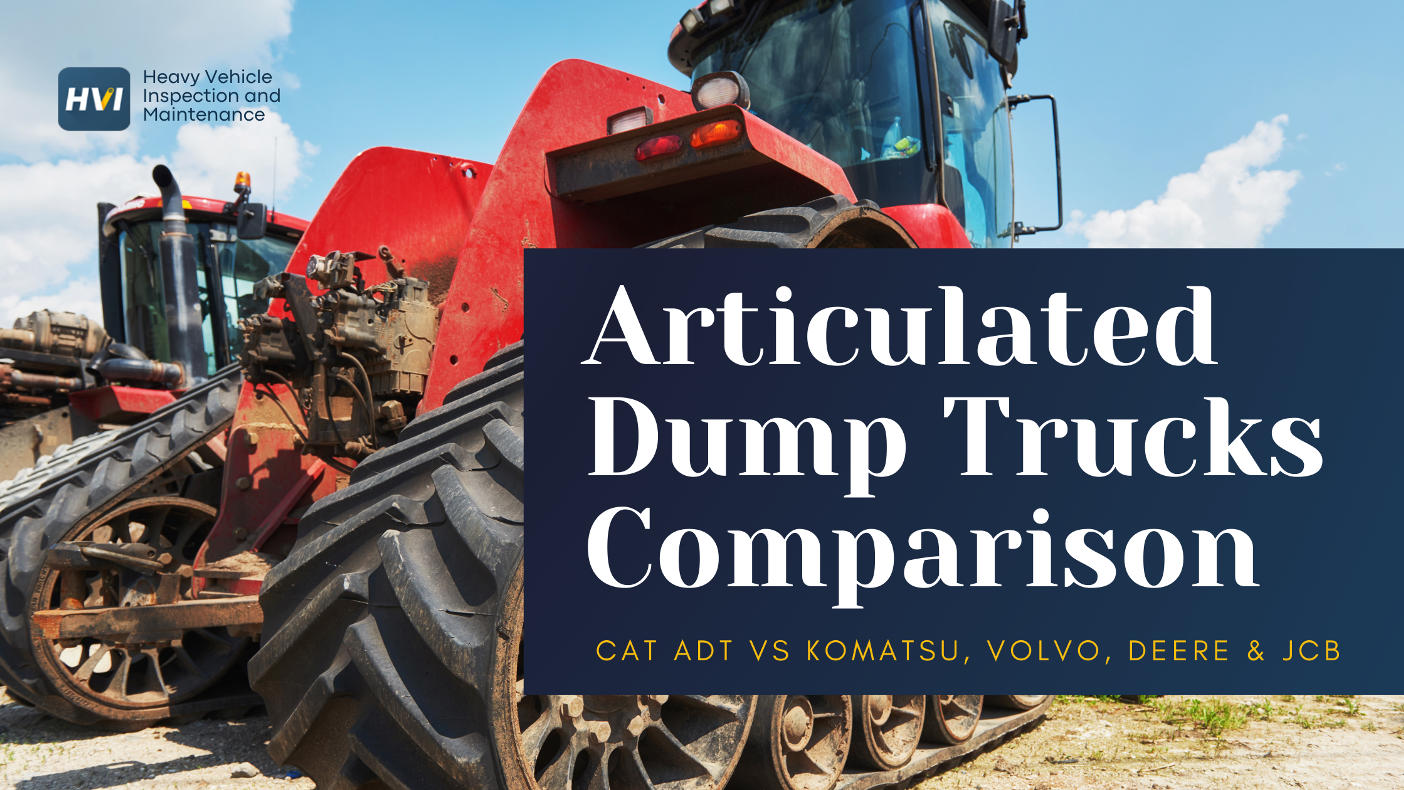Are you a fleet owner or independent trucker looking to save time and money on your annual DOT inspection? While it's crucial to ensure your vehicles meet all safety standards, performing your own inspection can be a cost-effective way to maintain compliance.
In this comprehensive guide, we'll walk you through the process of conducting your own annual DOT inspection, provide valuable tips, and point you towards essential resources.
Understanding the Importance of Annual DOT Inspections
Before we dive into the how-to, let's quickly recap why annual DOT inspections are so crucial:
- Safety: Ensures your vehicle is safe for operation on public roads
- Compliance: Meets federal regulations and avoids costly violations
- Maintenance: Helps identify potential issues before they become major problems
- Efficiency: Well-maintained vehicles operate more efficiently, saving fuel and reducing downtime
Can You Perform Your Own Annual DOT Inspection?
The short answer is yes, but with some important caveats:
- You must be qualified to perform the inspection
- The inspection must meet all DOT standards
- You need to maintain proper documentation
Ready for Your Next Annual DOT?
Get step-by-step inspection workflows, photo documentation, and 14-month record retention—all in one app.
Steps to Perform Your Own Annual DOT Inspection
1. Ensure You're Qualified
To perform your own DOT inspection, you must:
- Have at least one year of experience as a mechanic or inspector
- Be familiar with the tools used in inspections
- Understand DOT regulations and inspection procedures
2. Gather Necessary Tools and Resources
You'll need:
- A comprehensive inspection checklist (available from the FMCSA website)
- Basic mechanic tools
- Brake measuring tools
- Tire tread depth gauge
- Flashlight
- Creeper (for undercarriage inspection)
3. Follow the Inspection Checklist
A thorough DOT inspection covers:
- Vehicle Identification: Check VIN, license plate, and DOT number
- Brake System: Inspect brake components, adjust as necessary; Measure brake pad thickness; Check air brake system for leaks
- Coupling Devices: Inspect fifth wheel, kingpin, and pintle hooks
- Fuel and Exhaust Systems: Check for leaks and proper securement
- Lighting Devices: Ensure all lights and reflectors are functioning
- Safe Loading: Check cargo securement devices
- Steering Mechanism: Inspect steering components for wear and proper adjustment
- Suspension: Check springs, shocks, and air bags
- Tires, Wheels, and Rims: Inspect for proper inflation, tread depth, and damage
- Windshield and Wipers: Check for cracks and ensure wipers function properly
4. Document Your Inspection
Proper documentation is crucial. You'll need to:
- Complete an inspection report
- Certify that the vehicle passed inspection
- Affix an inspection sticker to the vehicle
- Maintain records for at least 14 months
Tips for a Successful Self-Inspection
- Take Your Time: Rushing through the inspection can lead to missed issues
- Use a Systematic Approach: Follow your checklist methodically
- Stay Updated: Keep abreast of changes in DOT regulations
- Invest in Quality Tools: Good tools make for more accurate inspections
- When in Doubt, Seek Help: If you're unsure about any aspect, consult a professional
Resources for DIY DOT Inspections
- FMCSA Website: Offers official guidelines and checklists
- State DOT Websites: Provide state-specific requirements
- Online Training Courses: Can help you stay qualified and updated
- Professional Associations: Offer valuable networking and learning opportunities
The Pros and Cons of Self-Inspection
Pros:
- Cost savings
- Flexibility in scheduling
- Intimate knowledge of your vehicles
Cons:
- Time-consuming
- Requires expertise and proper tools
- Potential for oversight if not thorough
When to Seek Professional Help
While self-inspection can be beneficial, there are times when professional help is necessary:
- If you lack the required qualifications or experience
- When dealing with complex systems or unfamiliar technology
- If you're short on time or resources
- When preparing for a DOT audit
Leveraging Technology for DOT Inspections
In today's digital age, various apps and software can streamline the inspection process:
- Digital checklists
- Maintenance tracking software
- Photo documentation tools
- Cloud-based record keeping
These tools can help ensure thoroughness and make record-keeping easier.
Conclusion
Performing your own annual DOT inspection can be a valuable skill for fleet owners and independent truckers. It offers cost savings and flexibility while ensuring your vehicles meet safety standards. However, it's crucial to approach this task with the right knowledge, tools, and attention to detail. Remember, the goal is not just to pass an inspection, but to maintain a safe and compliant fleet.
Ready to take your DOT compliance to the next level? Visit HVI APP to discover how our cutting-edge fleet management solution can revolutionize your inspection process. Our user-friendly app provides digital checklists, automated record-keeping, and real-time compliance monitoring to make DOT inspections a breeze.
Don't let DOT compliance be a roadblock to your success. Contact us today to schedule a demo and see how HVI APP can streamline your inspection process, reduce errors, and keep your fleet running smoothly. With HVI APP, you're not just meeting standards – you're setting them.
Ace Your Annual DOT Inspection
Use digital checklists, keep compliant records, and stay FMCSA-ready—without the paperwork headache.
Book a Demo




